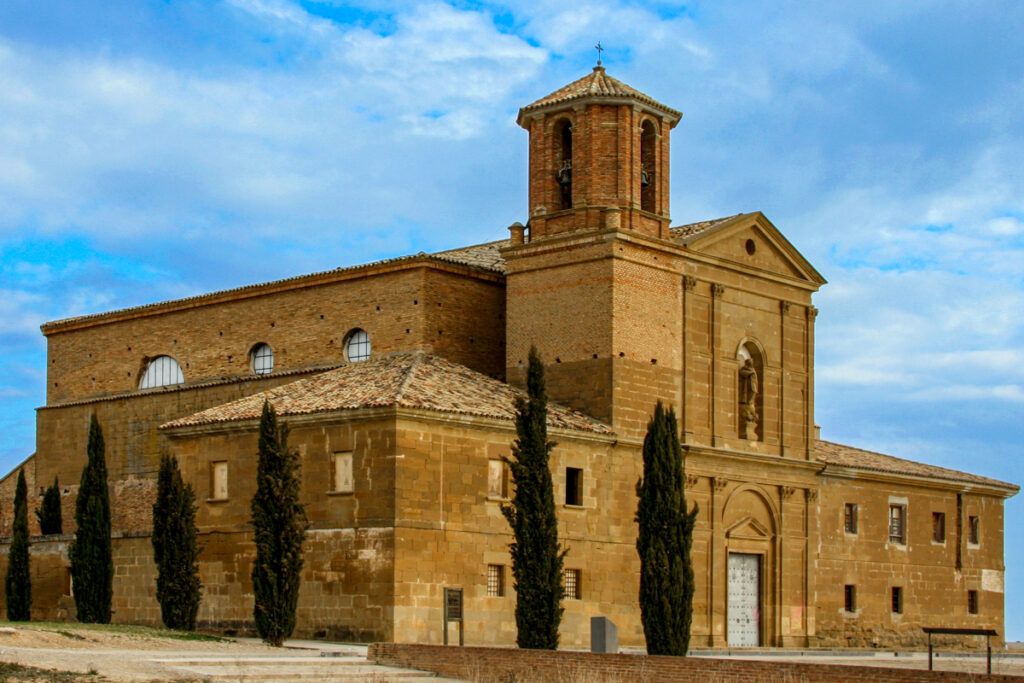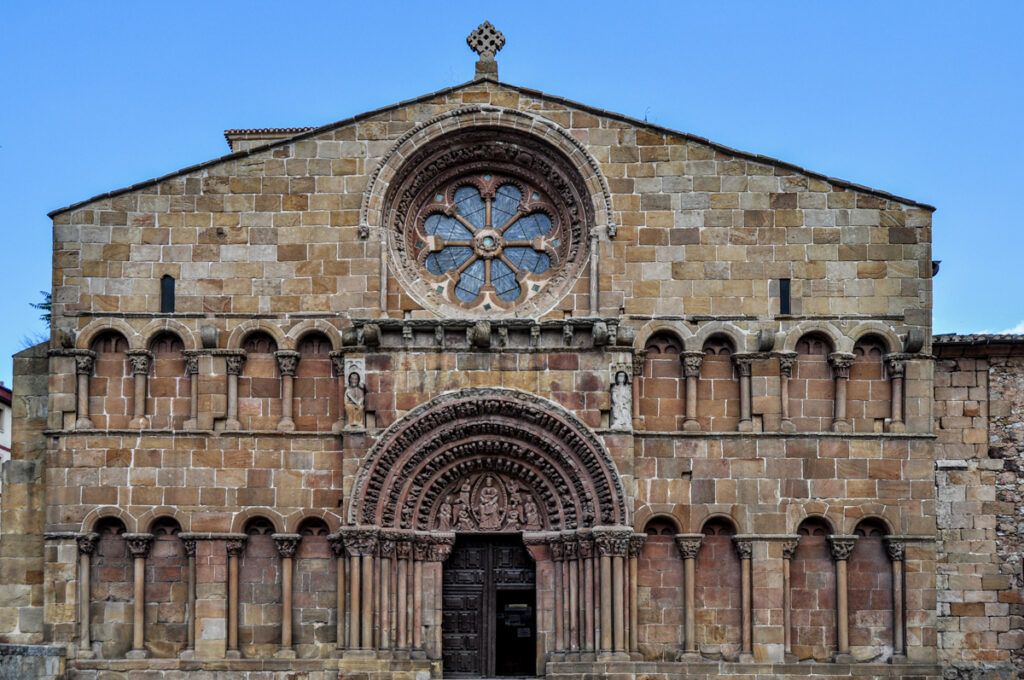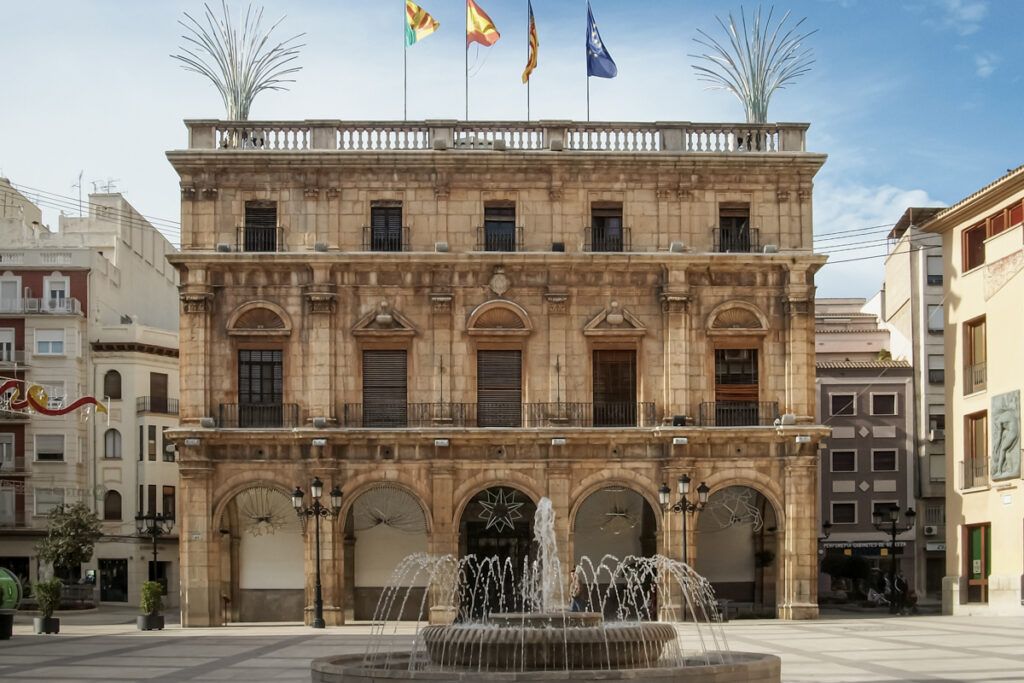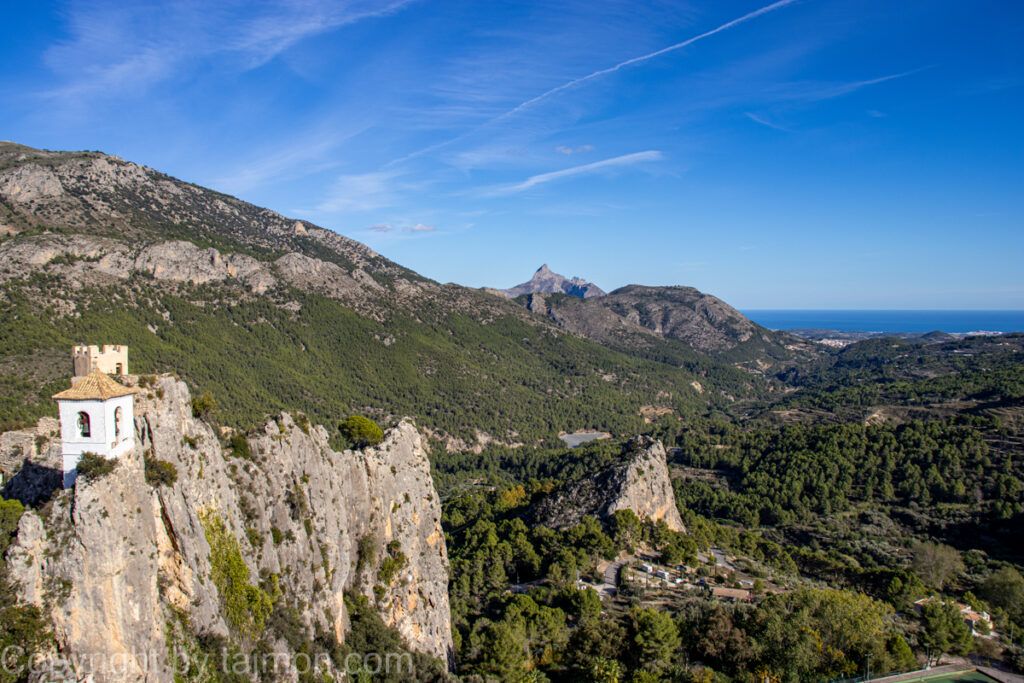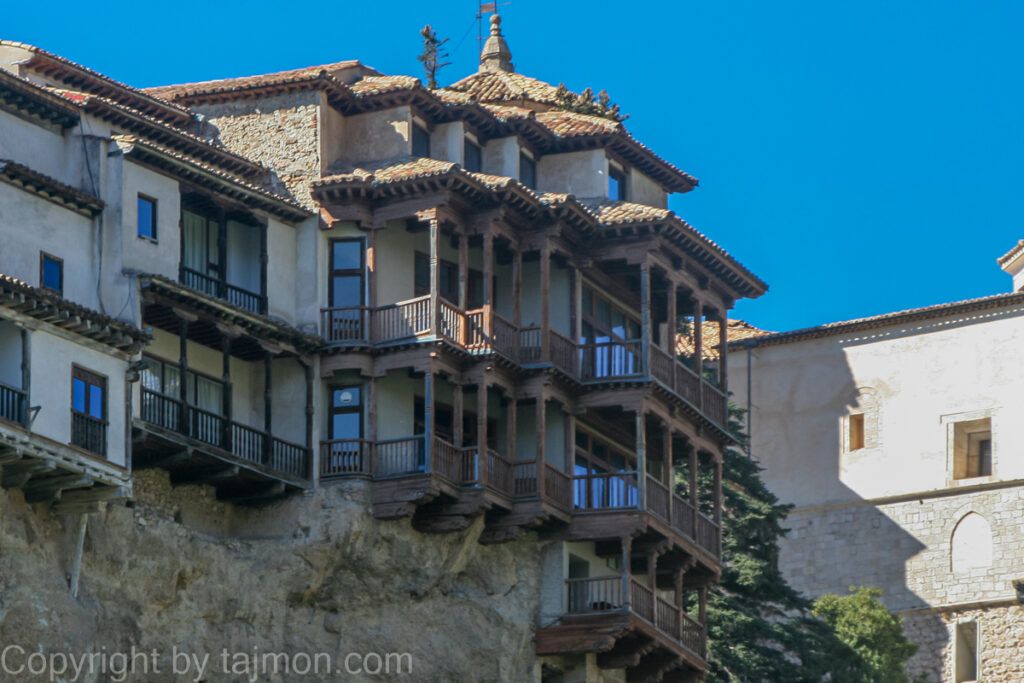History of Teruel
Teruel is a city with a rich and fascinating history that dates back to ancient times. Its location at the crossroads of different cultures and civilizations has made Teruel witness many events that have shaped its identity and heritage. In this section, we will present the most important stages and facts from the history of Teruel, from its beginnings to the present.
Beginnings
The first traces of human settlement in Teruel date back to the Bronze Age when there was an Iberian settlement called Turboleta here. It was located on the Alto Chacón hill, where numerous archaeological monuments were discovered, such as ceramics, coins, jewelry, and weapons. Turboleta was an important commercial and cultural center, which maintained contacts with other peoples, such as the Celts, Phoenicians, and Carthaginians.
Romans and Muslims
In the 1st century BC, Turboleta was conquered by the Romans, who founded a colony called Turba here. The Romans exploited the natural resources of the region, such as iron, copper, silver, and salt, and also built roads, bridges, aqueducts, and baths. From this period, mosaics, sculptures, and vessels have been preserved, which can be admired in the Provincial Museum in Teruel. After the fall of the Roman Empire, Turba was taken over by the Visigoths, and then by the Arabs, who called it Tirwal. Under Muslim rule, Tirwal was a small fortress that defended access to the Guadalaviar river valley.
Christians
In 1171, Tirwal was conquered by the King of Aragon, Alfonso II, who granted it a fuero, a legal and tax privilege, aimed at encouraging Christian settlement. According to legend, the place for the founding of the new city was chosen by lot when the king let a bull go free, which stopped under a star. Since then, the bull and the star have become symbols of Teruel, and its central point has become a square called Plaza del Torico. Teruel developed quickly, thanks to its strategic location on the trade route between Zaragoza and Valencia, and also thanks to its role in defending the border against Muslim attacks. In 1347, King Peter IV granted Teruel the title of a city, as a reward for its help in the war with Castile.
Crisis
In the 15th century, Teruel experienced an economic and social crisis, caused by the plague, famine, and feudal conflicts. In the 16th century, the situation worsened when King Philip II introduced new taxes and limited the fuero of Teruel. In 1591, the inhabitants of Teruel joined the rebellion of the Carvajal brothers, who demanded the restoration of the fuero and freedom of Aragon. The rebellion was suppressed by royal troops, and Teruel lost its autonomy and political significance.
19th Century
In the 19th century, Teruel was the scene of many battles and sieges, related to the Napoleonic and Carlist wars. In 1808, the city was occupied by French troops, who built a fortress here and caused a lot of destruction. In 1813, Teruel was liberated by Spanish and British troops, under the command of General Wellington. In 1833-1840 and 1872-1876, Teruel was besieged by Carlist troops, supporters of the pretender to the throne of Spain, Carlos Maria Isidro. Teruel resisted both sieges, maintaining loyalty to the government of the liberals.
20th Century
In the 20th century, Teruel experienced the most tragic period of its history, related to the civil war. In December 1937, Republican troops attacked the city, which was defended by nationalist troops. A fierce battle began, which lasted for over two months and claimed over 140,000 victims. In February 1938, Teruel was recaptured by nationalist troops, but at the cost of massive destruction and suffering of the civilian population. After the war, Teruel was rebuilt and expanded, becoming an important industrial, agricultural, and tourist center. In 1986, Teruel was recognized as a historical-artistic ensemble, and in 2001, its Mudéjar monuments were inscribed on the UNESCO World Heritage List.
21st Century
In the 21st century, Teruel continues its development and modernization, not forgetting its history and tradition. The city is home to many cultural, educational, and scientific institutions, such as the University of Teruel, the Dinópolis Paleontological Museum, and the Mudéjar Studies Center. Teruel is also known for its events and festivals, such as the fiesta de la Vaquilla, fiesta de los Amantes, and fiesta del Jamón. Teruel is a city that combines the past and the future, and offers its residents and visitors many opportunities and attractions.

